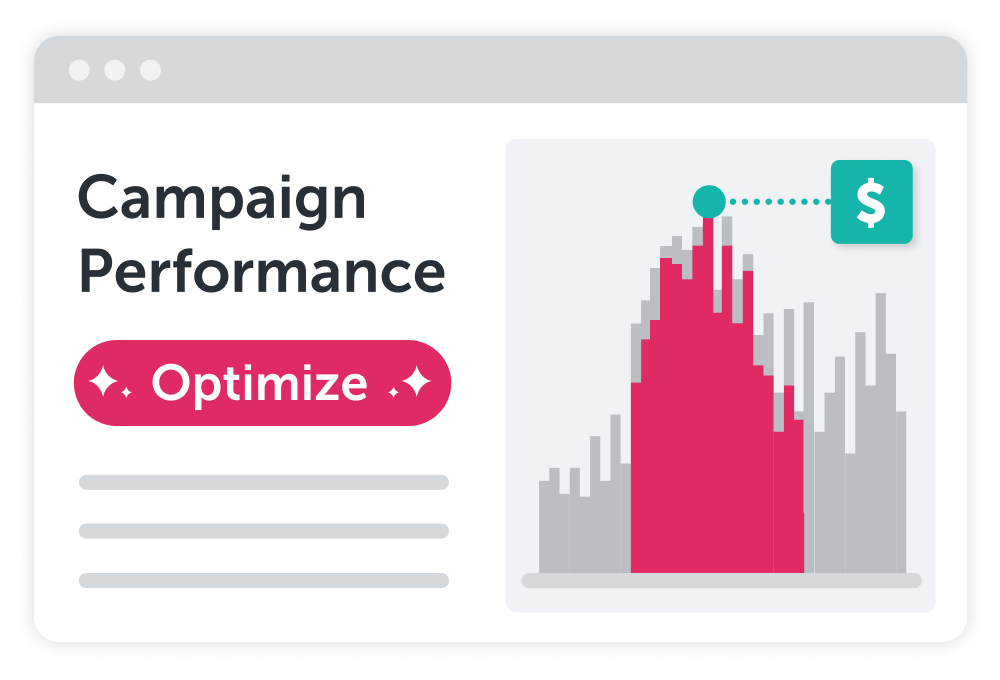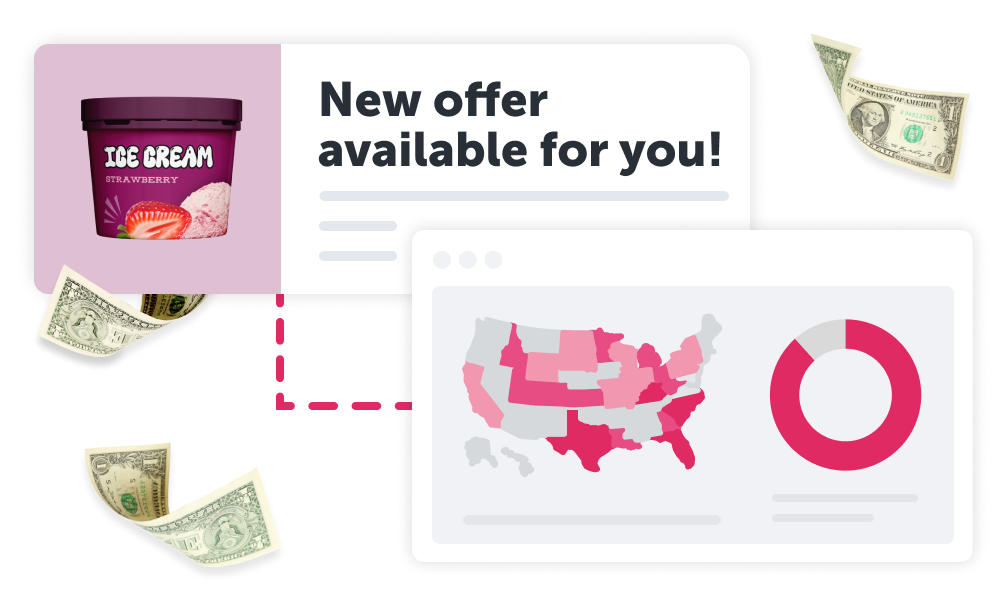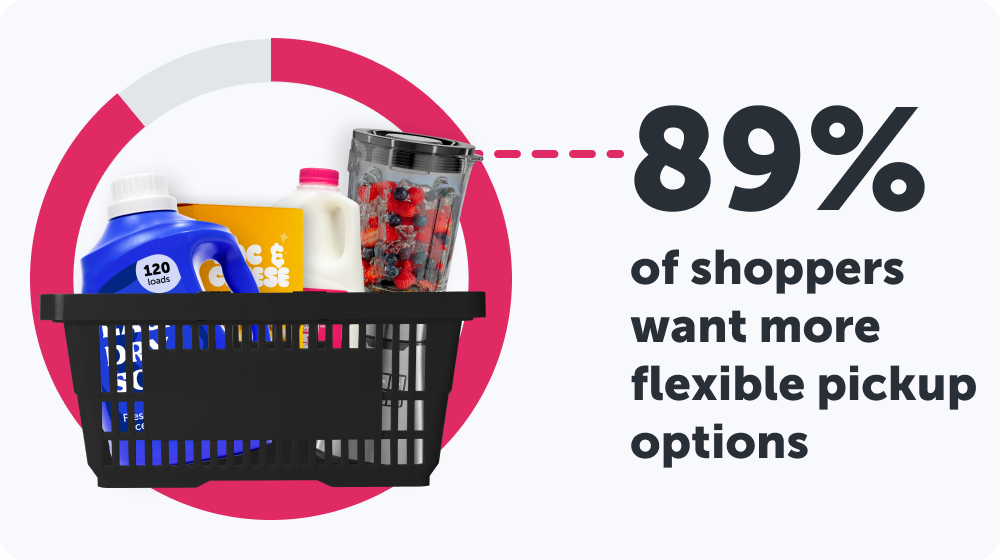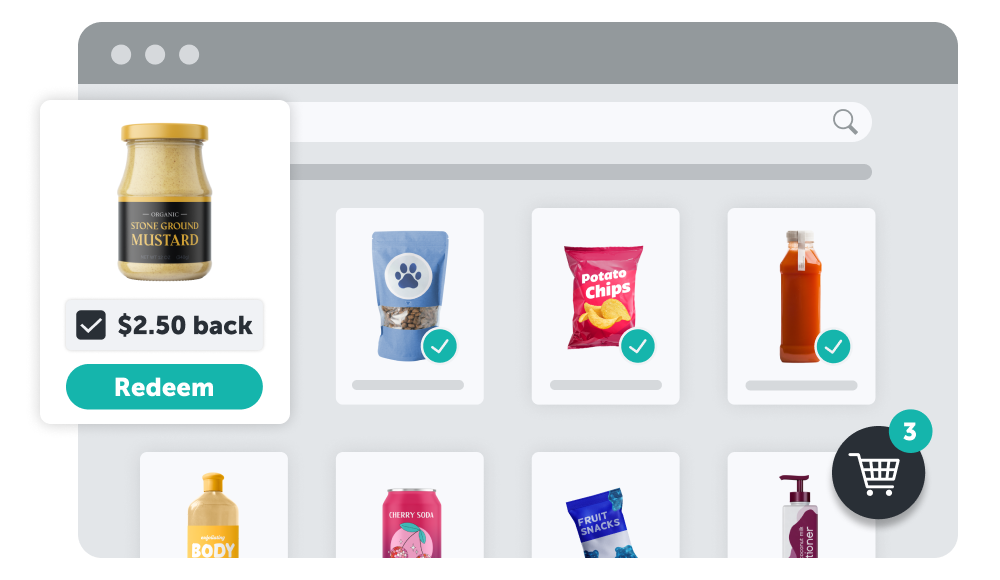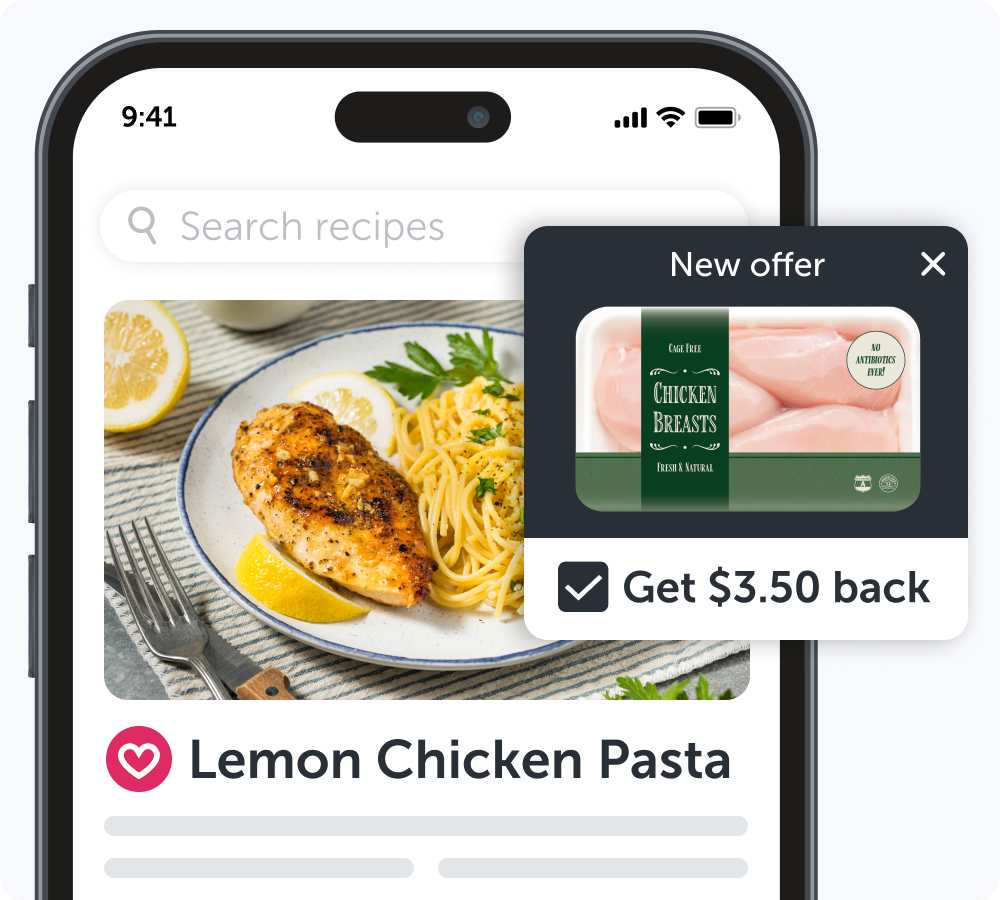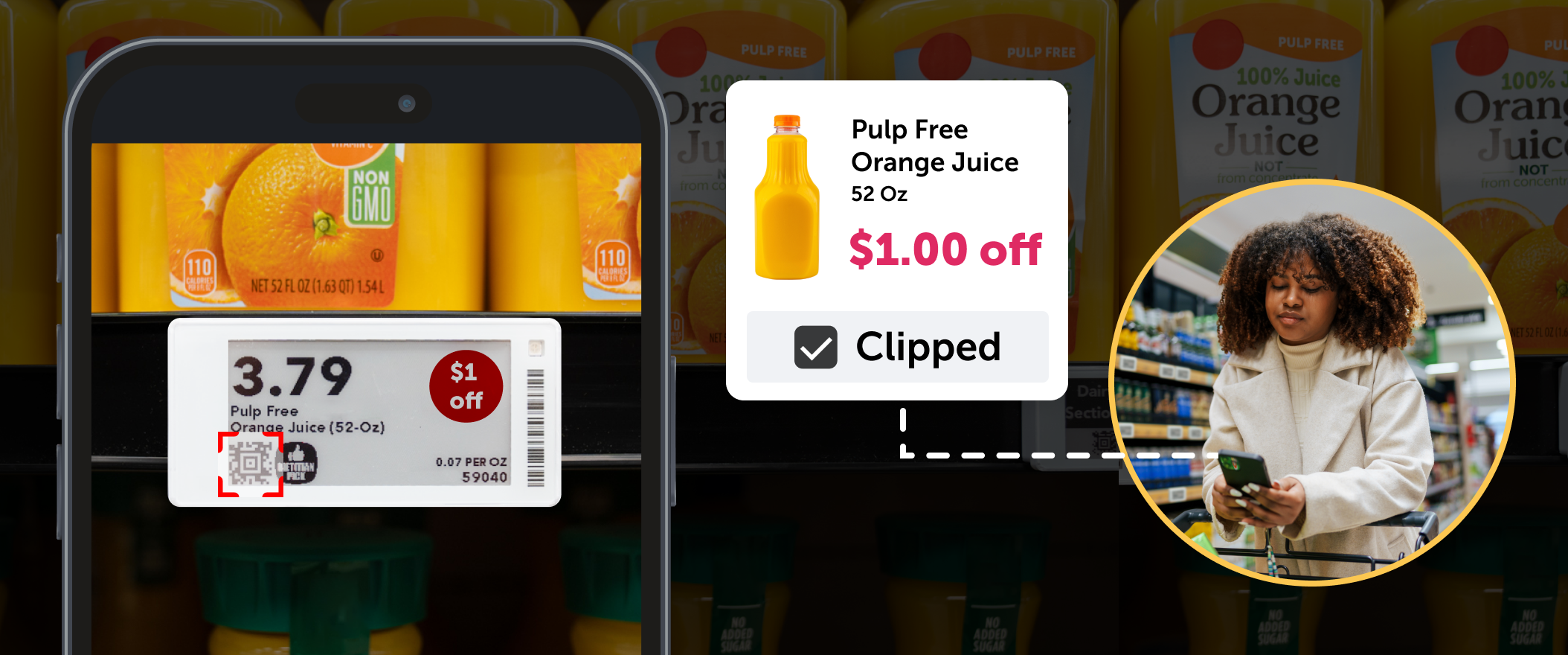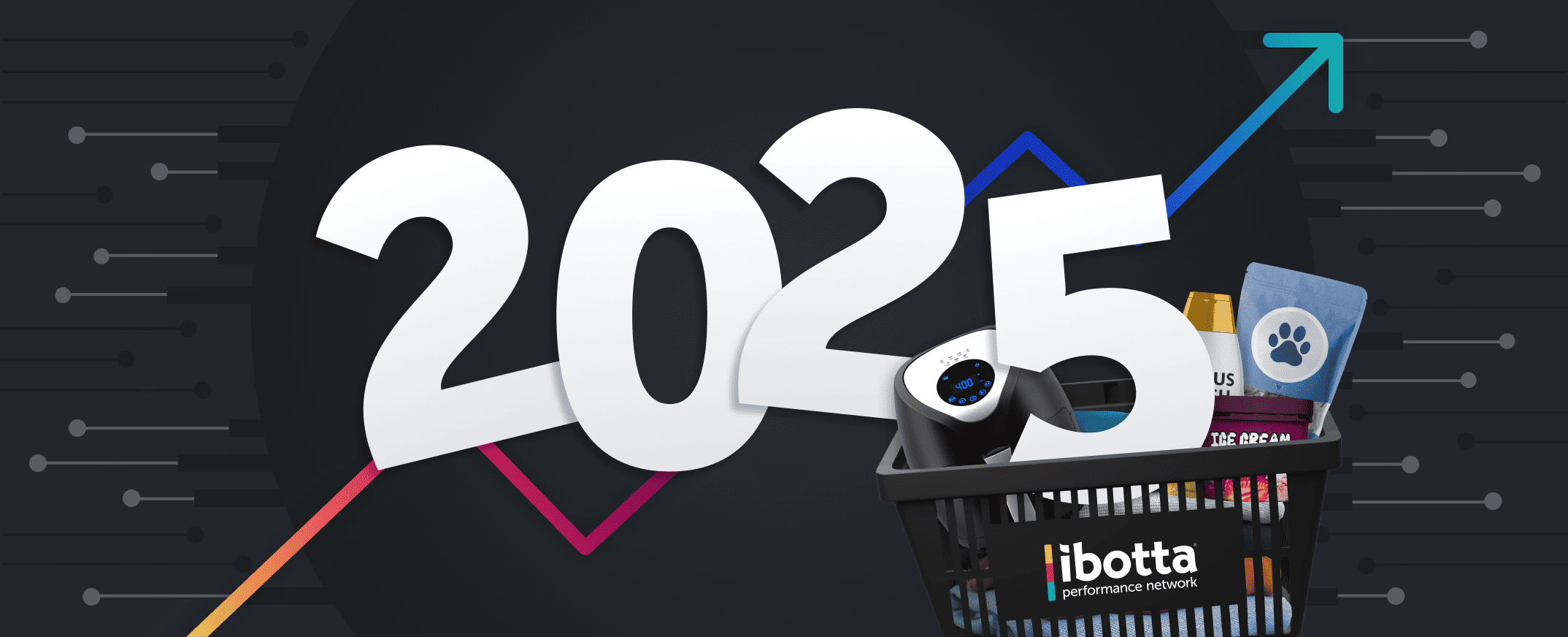
December 12, 2024
The retail industry is on the road to significant change as we roll into 2025, particularly when it comes to promotions. The tactics used in the past have proven to be less and less efficient, signifying a strong need for change in the promotions space and retail as a whole.
From machine learning and AI in retail to rethinking how brands approach their marketing strategies and spend, it's clear that technology will play a major role in this next wave of innovation. And as the leading promotions platform in the U.S., we’re excited to see our industry take a turn toward the future. Let’s take a look at the retail trends 2025 has in store.
Real-time measurement of incremental sales
Traditionally, brands plan a marketing budget, receive aggregate data at the end of the year, and adjust their spend for the year ahead. But this type of once-a-year marketing budget allocation and planning is becoming increasingly archaic and ineffective. It often leads to paying for clicks and impressions without the ability to track in-store performance or tie to individual consumer data accurately — brands have no true way of knowing if their promotions are successful.
AI-based optimization for targeted promotions
The one-size-fits-all approach to promotions, where every customer gets a $1 off regardless of their propensity to buy, has become antiquated. More and more, marketers view traditional promotional tactics as a low-ROI endeavor — and they are when you offer the same promotion to every single consumer. Throughout 2025, brands and retailers will continue shifting away from that approach and instead, move toward leveraging AI, or utilizing companies that leverage AI, to place the right offers in front of the right people at the right time.
This will pose a radical shift in how one thinks about promotions moving forward. By accounting for factors like likelihood to purchase, brand loyalty, and willingness to try new products, these AI algorithms can generate targeted, highly personalized promotions to the customers most likely to purchase at that price, making the most of marketing budgets. By utilizing real-time data to enhance personalization, promotions will continue to prove themselves as a critical revenue-driving retail trend in 2025.
Combating private label & premium competition with smart promotions
Ibotta’s State of Spend report found that 72% of consumers said a challenging economy has had a direct impact on their grocery spending habits. Recently, brands are facing many consumers trading down to private label brands or omitting purchases altogether to combat inflation. However, research by Bloomberg shows brands are finding they’re also competing with premium options that provide products consumers are willing to splurge on due to their higher quality and creative innovation.
Hybrid shopping for a streamlined experience
Sparked by the COVID-19 pandemic, retailers have seen an increased need for hybrid shopping options over the past several years. Though we’ve returned to in-person shopping, customers have reported they still value this retail trend and would like more of it in the upcoming year. In particular, 89% of shoppers say they want more flexible pickup options. Hybrid shopping — which includes buy online, pick up in-store options, as well as the addition of in-aisle and augmented reality (AR) technologies — will continue to ramp up in 2025.
Hybrid shopping not only provides greater convenience for consumers but can give retailers valuable insights into consumer trends and preferences, build better relationships with customers, and increase sales overall. With hybrid shopping tactics, retailers can provide customers with a seamless integration of the digital and in-person shopping experience, especially when it comes to loyalty programs. With mobile apps taking center stage, loyalty programs can seamlessly integrate into both on- and offline transactions, allowing for targeted offers and promotions and a cohesive shopping journey no matter where or how users are purchasing.
Grocery e-commerce for even more shopping options
As we continue to see a rise in the hybrid shopping experience, grocery e-commerce will see steady growth in 2025 and through the coming years. In fact, 55% of consumers reported grocery as the most prominent category for hybrid shopping needs. Grocery e-commerce in the U.S. is expected to rise at a compound growth rate of 1.6% through 2028, with sales expected to reach $120B annually, representing 12.8% of all grocery spending. This is a trend we’re already seeing movement on, with a 17.8% increase in online grocery sales since this time last year.
Increased social commerce
On the heels of higher digital shopping options, we’ll see an increase in social commerce in 2025. Social commerce, or buying products completely through a social media platform, has seen an uptrend over the past year, with an estimated 110.4M social media purchasers in 2024 — a number that will continue to grow through 2025. Customers can discover new brands and products while they scroll through the apps they already use every day.
The future of retail: tech in the aisle
Today, 75% of purchase consideration happens in the aisle. This is hugely important for the future of retail, because every single aisle in every single store will eventually have digital shelf tags, also known as electronic shelf labels (ESLs). Until now, the focus on ESLs has centered around operational impact, but their untapped potential lies in the ability to alert consumers to timely discounts on the products most relevant to them while they shop.
ESLs provide a new way to interact with consumers in the aisle and through their mobile devices as they’re shopping, rather than before or after purchases have been made. These devices can deliver targeted offers to individual consumers in-store based on their likelihood to buy, brand loyalty, and purchase history. This allows for even more influence on product purchasing decisions in real time.
With the addition of AI and machine learning, new tech like ESLs and smart promotions, and an increased digital retail presence, the industry is facing its biggest year of change yet. As we march toward the future, these retail industry trends will continue gaining traction, changing the way brands and retailers approach their promotions and marketing spend and how they reach their customers.
